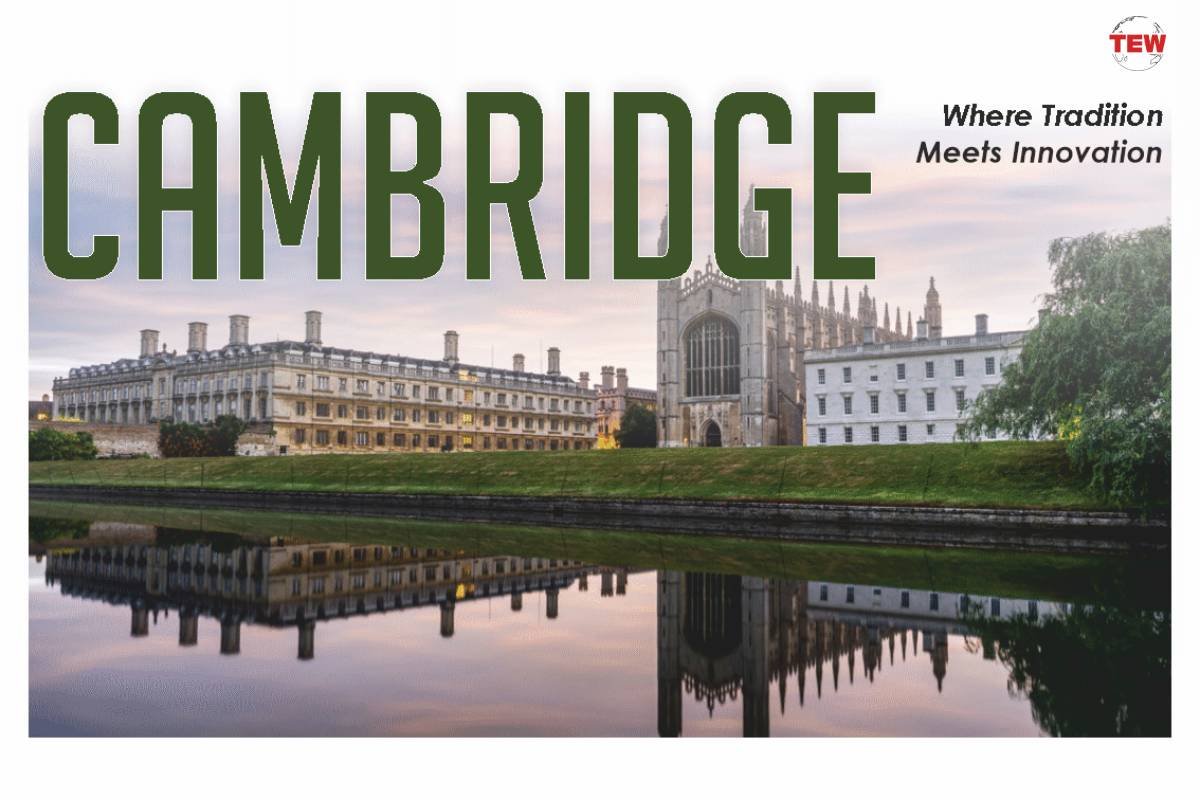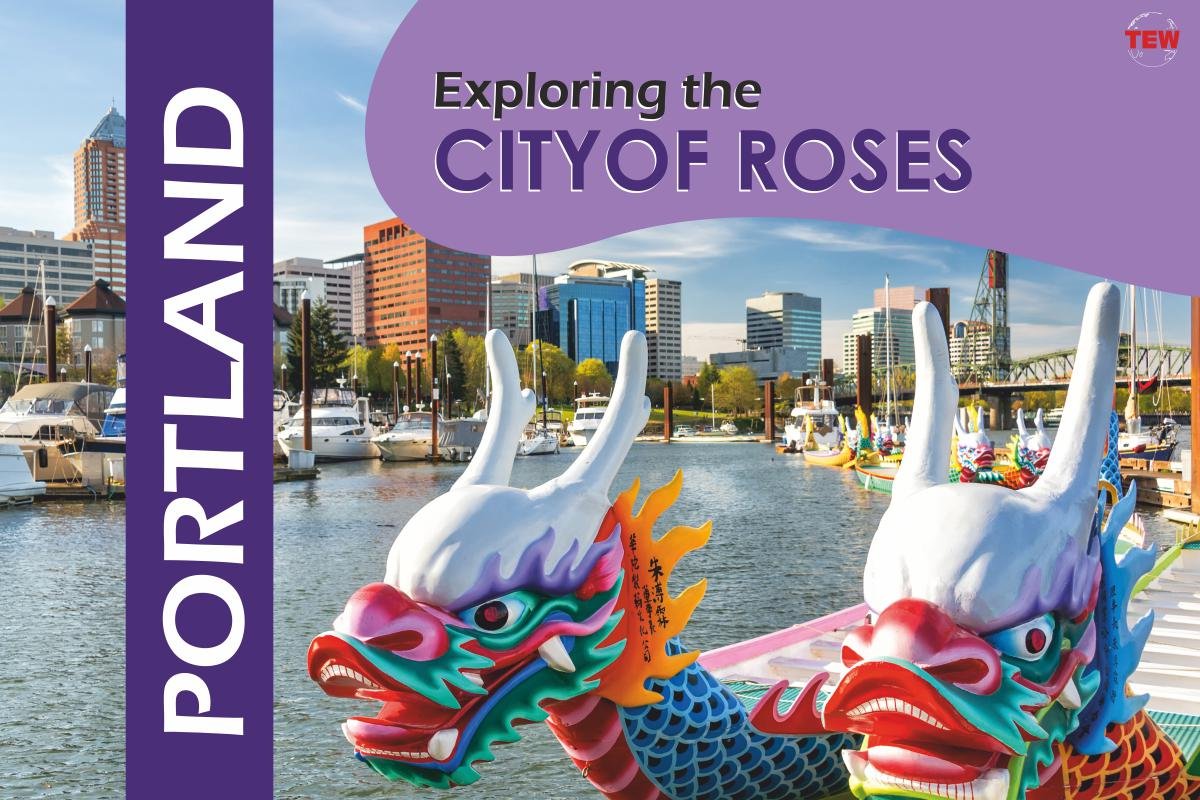Fun Fact: If you say Kyoto fast enough, it starts sounding like Tokyo. Despite sounding similar, the two cities are quite different in reality. One similarity they share, however, is that both have had the privilege of being the capital city of Japan. Yes, Kyoto used to be the capital city of Japan until Tokyo was made the capital in 1868.
A Japanese prefecture, Kyoto is a city with numerous historically and culturally significant gems. For centuries, Kyoto has faced many natural and human-made calamities such as fires and wars. Despite the tragedies destroying the city, myriad structures such as temples, shrines, and bridges stand tall today, attracting people across the globe. And in this article, we’ll tell you why you should consider being one of those people.
8 Sights To Behold
1. Nijo Castle
Built in 1603, Nijo Castle was the residence of Tokugawa Ieyasu, the first shogun of the Edo period (1603-1867). His grandson Lemitsu later added a five-story castle keep to Nijo Castle after 23 years. In the beginning, the castle was used as an imperial palace before it was eventually declared a historic site and was opened up to the public. Later, Nijo Castle was also added to Japan’s UNESCO world heritage sites in 1994.
2. Kyoto Imperial Palace
Until 1868, when the capital and emperor were moved to Tokyo, This Palace was the residence of Japan’s Imperial Family. The palace resides at the center of the city and is pleasing to the eye. Moreover, it is also surrounded by other attractive spots such as Sento Imperial Palace, which used to serve retired emperors.

3. Kyoto Railway Museum
At just a 20-minute walking distance from the city Station, there’s the Kyoto Railway Museum, one of Japan’s top three railway museums. Inside the museum, you’ll get to witness more than 50 retired trains, all ranging from steam locomotives to modern ones such as electric and bullet trains.
4. Kyoto National Museum
One of the oldest Japanese museums, this Museum was opened in 1897. Currently, it hosts a variety of exhibitions related to Japanese archeology, sculptures, ceramics, calligraphy, costumes, and paintings. The museum also hosts exclusive exhibitions that are often based on various themes that add to the fun.
5. Nanzenji Temple
Japan holds quite a few Zen temples in its heart, and the beautiful Nanzenji temple is among them. The temple’s historic presence dates back to the 13th century when Emperor Kameyama built his retirement villa at the temple and later turned it into a Zen temple. Today, anyone can enter the temple for free, however, visiting the sub-temples and temple buildings requires you to pay a certain fee.

6. Nishiki Market
There is a reason Nishiki Market is known as the city’s kitchen. While the street leading to it is quite narrow, within the market you’ll find more than a hundred shops that exclusively sell food and cooking-related things. This makes Nishiki Market an ideal place for anyone looking to explore the city’s famous culinary favorites, but especially foodies.
7. Fushimi
There are thousands of shrines throughout Japan, but Fushimi is the leader of them all. Located in the southern part of the city, Fushimi Inari Shrine is prominently known for its thousands of vermilion torii gates. Today, people from across the globe visit the shrine to pray for bountiful harvests and overall prosperity.
8. Gion Matsuri
One of the most prominent festivals in Japan, Gion Matsuri is celebrated across the whole of July month. While there are various festival events, the grand procession of floats on 117th July is especially remarkable. Later on July 24th, you’ll get to experience a relatively smaller, second procession of floats introduced in 2014.

Renowned Personalities Hailing From the City
1. Tasuku Honjo
Born in 1942, Tasuku Honjo is a 2018 Nobel Prize winner in Physiology or Medicine, he shared the prize with immunologist James Allison. He discovered a protein on immune cells in 1992 that operated as a brake on the immune system. Later, Honjo’s studies gave birth to immunotherapies that helped combat cancer.
2. Haruki Murakami
Haruki Murakami is a globally renowned writer, with bestsellers in Japan and across the globe. An award-winning writer, Murakami’s work includes fiction, non-fiction, short stories, and translations. His work is translated into 50 languages with millions of copies sold worldwide.
3. Emperor Meiji
Born on November 3, 1852, Meiji Tennō was the 122nd emperor of Japan. At the time he claimed the throne, Japan was still evolving from the feudal polity, and during his reign, Japan moved from a feudal country to a modern industrial state.
4. Fusajiro Yamauchi
Fusajiro Yamauchi founded the now-renowned Nintendo in 1889. Here’s an interesting backstory for you: In 1791, the Japanese Government banned a card game called Hanafuda. When the ban was eventually lifted in the 1800s, Fusarjiro knew it was his time to shine. To make the most out of this moment, he established a card printing company called Nintendo Koppai, which printed Hanafuda cards. Initially, it wasn’t popular, but Fusajiro tried his hand and made it popular by developing cards with hand-drawn artwork on them.
Dishes Your Taste Buds Can’t Afford To Miss
While Japanese food is widely appreciated across the Globe, there are certain local dishes everyone might not be aware of. To remedy that, here are some of our picks for your Kyoto visit:

1. Soba & Nishin Soba
Kyoto is famous for its high standard of water. And Soba, a Japanese buckwheat noodle, requires good-quality water to produce. While serving styles may vary, the Soba noodles are popularly served with dried herring.
2. Obanzai
Obanzai is a type of cooking method that includes traditional, home-cooked Japanese dishes native to the city. The dish carries the natural umami flavors of the dashi and vegetables for a fun experience.
3. Kyoto sushi
This Sushi, also called Saba Sushi, is a traditional dish savored all over the city. To make the dish, fish is marinated in vinegar and later pressed with rice, which leads to a tasty combination that is unique from regular nigiri sushi.
4. Ramen
Japan is home to an array of flavorful Ramen. And Tonkotsu, a type of pork broth ramen is quite high in the popularity contest despite not being a city native. Usually, the noodles served are egg-licious, and the broth is relatively thick, almost gravy-like. Furthermore, the dish is topped with a garnish of sliced pork, green onion, and bamboo shoots. To adjust the flavors to your liking, you might find ingredients like sesame seeds, chili paste, and spicy sesame oil to go along with the dish.
5. Matcha Desserts
Today, green tea is consumed all over the world for its health benefits. China, in the 9th century, introduced green tea to Kyoto for the first time ever. Since then, Matcha, the powder used to make green tea has made an appearance in a variety of toothsome desserts all across the nation.
6. Kaiseki Ryori
Kaiseki Ryori is a multi-course haute cuisine from Japan. Centuries ago, the dish was served at tea ceremonies, but later it found its way into other popular circles. Generally, Kaiseki dishes are cooked using a particular order or steps. But in today’s world, depending on the chef, the flavors across restaurants might differ.
Factors That Keep Kyoto’s Economy Thriving
1. Technology
The city today is a hub for many high-tech industries. These advanced industries are a result of traditional industries taking steps toward a faster and more efficient future. However, traditional Industries are still at the core of the economy and remain competitive on a global scale.
2. Global Business
The city-based companies are actively involved in business with over 50 countries globally. Outside of Japan, these companies have more than 1000 business stations and continue to develop their business further. Kyoto, known as an international convention city, also holds internationally relevant conferences and fosters knowledge and information.

3. Culture and Tradition
Kyoto’s 1200 years of Historic experience has given birth to various cultural and traditional practices. The city has many world heritage sites, festivals, and other mediums of entertainment. Today, more than 40 million people from Japan and across the globe visit the city every year. A major credit for that goes to the city’s tremendous job at preserving its natural surroundings and cultural values, making it an attractive destination for tourists.
4. Ecology
Speaking of preserving nature, the city passed a protocol in 1997, also known as—1997 Kyoto Protocol. This particular protocol is aimed at reducing the emission of gases that result in global warming. Additionally, several Businesses from the city are also involved in the environmental industry and are working toward a sustainable future.
Ease of Traveling through the City
Thanks to the city’s grid system, navigation is a breeze. The local transport adequately covers the whole city, and while the subway line is easy to use, its limited reach might cause a headache for some. For those of you with subway troubles, the bus network might be the right choice for you. The green buses are convenient and reach the central parts reasonably well. However, to reach the city outskirts, you might want to take the white Bus Services.
If none of these options works for you, there are numerous taxis all across the city ready for you to hop into. Whether you’re at the station, on the street, or at one of the touristy spots, getting taxis is rarely an issue.

A Complete Experience
Kyoto attracts millions of people from across the globe every year, and it is easy to see why. One of the reasons why the city is such a tourist magnet is its preserved rich history and cultural values worth thousands of years. In addition, it also embraces beautiful structures, easy commuting options, and delicious food choices to indulge that make you want to settle in the city for the foreseeable future.





